Bite-Sized Reviews of 27 Popular E-Mount Lenses for Sony Cameras
![]()
One of the attractions of Sony mirrorless cameras is the availability of a wide assortment of lenses, from Sony and other manufacturers. But that can be hazardous to your wallet.
Although my a6400 fully met my wants, I later bought a full frame a7R IV. I certainly didn’t need it. But I’d considered adding an IBIS a6500 or a6600 and thought that I might as well try full frame at the same time.
Both cameras take the same E-mount lenses. When you mount an APS-C lens on the full-frame body, it’s usually detected and the camera crops to APS-C dimensions. If the lens lacks contacts the system just vignettes to a round image in the full frame.
The 266 pixels per mm of the a7R IV sensor is nearly the same as the APS-C camera’s 256 pixels per mm. Thus a given lens has about the same reach on each camera but a wider field of view on the full frame a7R. “Reach” means the height of a subject on the sensor. For example, a 100mm tall bird, 10 meters away, will be recorded 1mm high on a sensor when shot with a 100mm lens. 1mm will be 256 pixels on the a6400 and 266 pixels on the a7R IV.
As I’ve written in some of my other articles, I mostly shoot at smaller apertures because I like good depth of field. Smaller apertures are also more forgiving on focus. So I usually shoot birds at f/11, just to achieve a higher percentage of sharp images. At the f/11 and f/16 apertures that I like, most lenses perform equally well, regardless of price.
I’ve had the opportunity to test quite a few E-mount lenses. This article will provide a brief description of each lens.
Full Frame Zooms
![]()
Sony FE 28-60mm f/4-5.6 (167 grams, $499): This is Sony’s newest zoom and an optional kit lens with the compact a7C. Initial production was allocated to the A7C kits, but these lenses soon appeared on eBay, shunned by photographers who dismiss kit lenses. I bought one several months ago. I good purchase. It’s so sharp and so lightweight that I retired my prior favorite FF zoom, the excellent Zeiss 24-70mm f/4. Why carry 440 grams when 167 grams is as sharp? If I had to live with one FF lens, this would be the one. It also retracts for carrying.
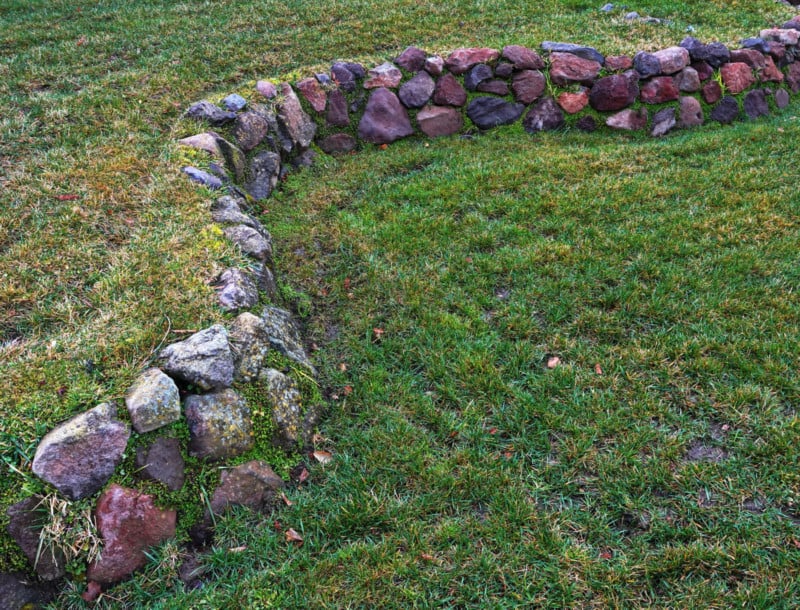
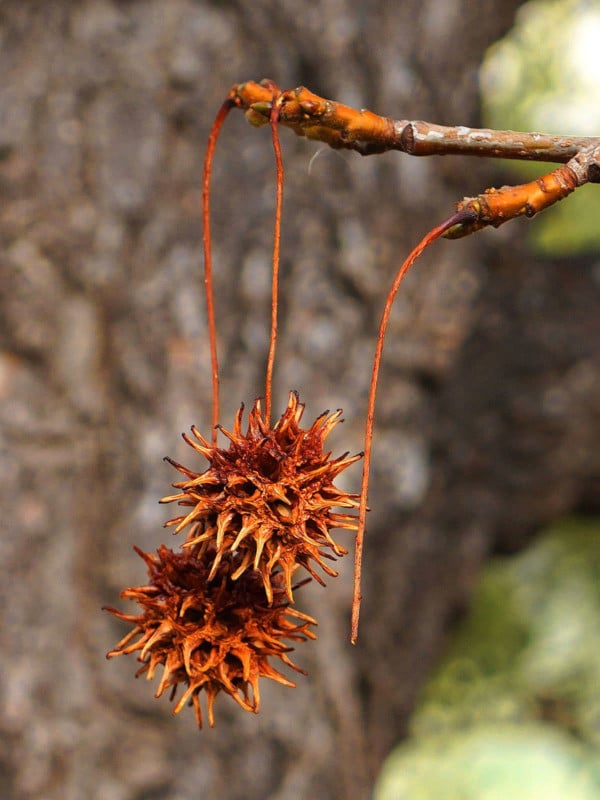
![]()
Sony Vario-Tessar T* FE 24-70mm f/4 ZA OSS (425 grams, $898): A great lens, but mine is now retired in favor of the 28-60mm. The manual focusing experience is much better than most autofocus lenses. Very nice build and finish.
![]()
Sony FE 28-70mm f/3.5-5.6 OSS (295 grams, $398 or less): My first full frame zoom. Available on eBay for a song. It’s dismissed as a “kit lens” but, surprisingly, DXOmark rates it higher than the above Zeiss 4.0. However, my tests confirmed published Imatest results that the Zeiss is slightly sharper. Nevertheless, this lens’ light weight and low price are attractive. It too has now been retired in favor of the 28-60.
![]()
Sony FE 24-105mm f/4 G OSS (663 grams, $1,198): This is one of the sharpest wide-range zooms in existence. But I returned mine because I wanted a lighter zoom to walk around with.
![]()
Tamron 28-200mm f/2.8-5.6 Di III RXD (575 grams, $729): We’ve long had to put up with the inferior sharpness of wide range “superzooms”. Then this breakthrough lens changed that. It out-resolves many high-quality primes. It’s also semi-macro. But despite its great performance and wide range, I’m not using it much because I don’t like the weight.
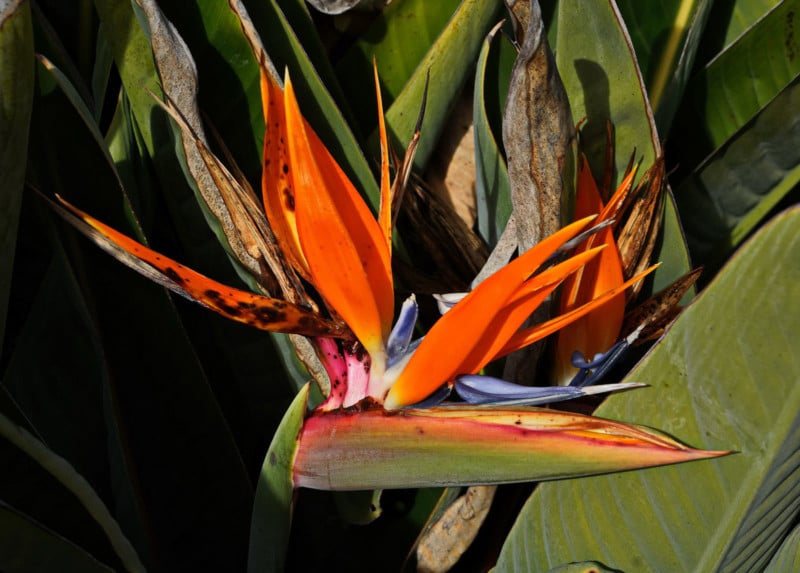
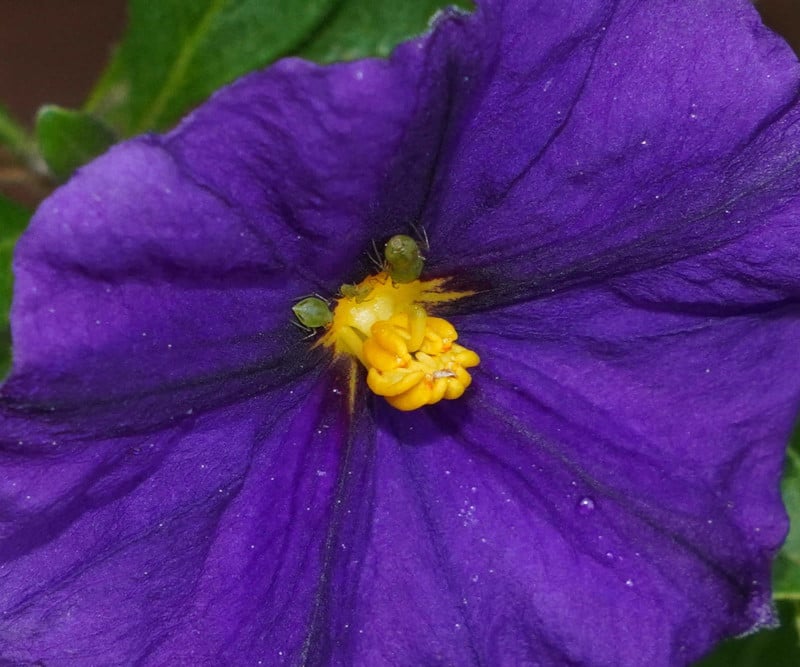
![]()
Sony FE 100-400mm f/4.5-5.6 GM OSS (1,395 grams, $2,398): Chosen for birding. This lens is so good that one author cited it as sufficient reason to adopt the entire Sony system. It’s also semi-macro and I’ve photographed bees with it, usually with a 26mm extension tube. But only six months after I bought it, the APS-C 70-350mm came out. I tested that and found it as sharp as the 100-400mm. With less than half the weight, that became my birding lens.
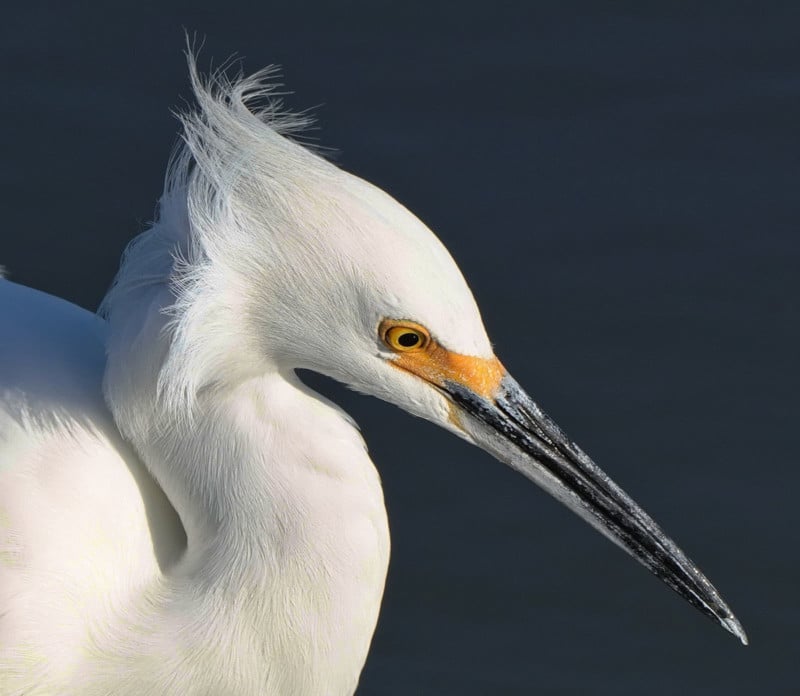
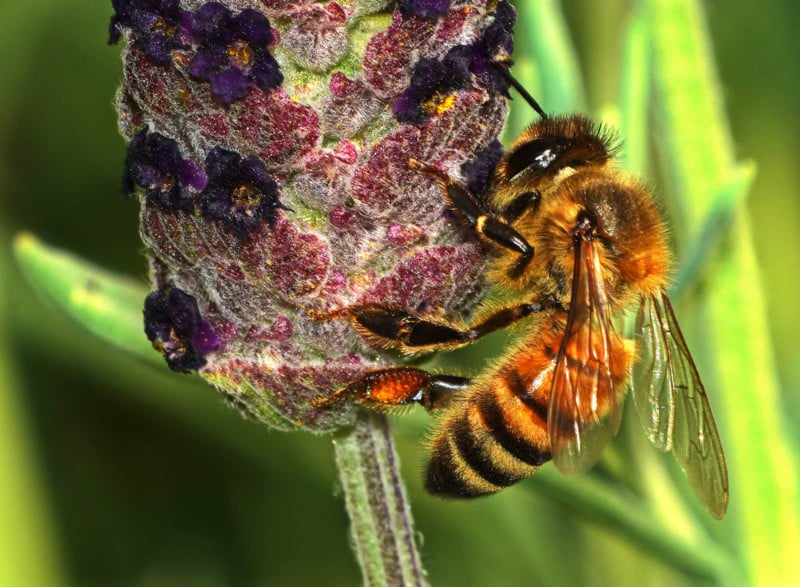

APS-C Zooms
![]()
Sony E PZ 16-50mm f/3.5-5.6 OSS (117 grams, $298 or less): Widely disparaged as a cheap kit lens, but my copy performs very well. It is featured here. It’s a great bargain and I use it often because it’s so light and compact.
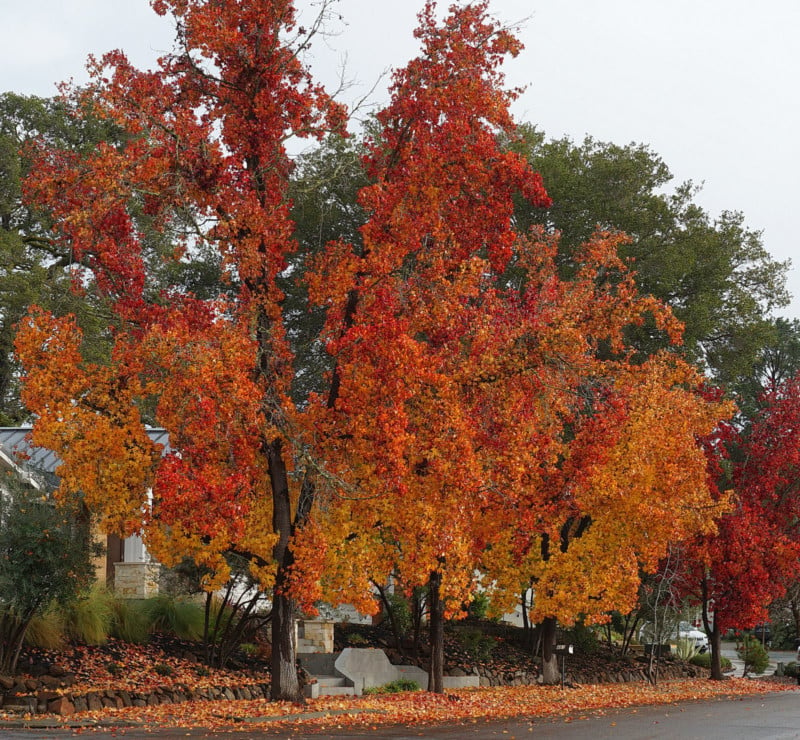
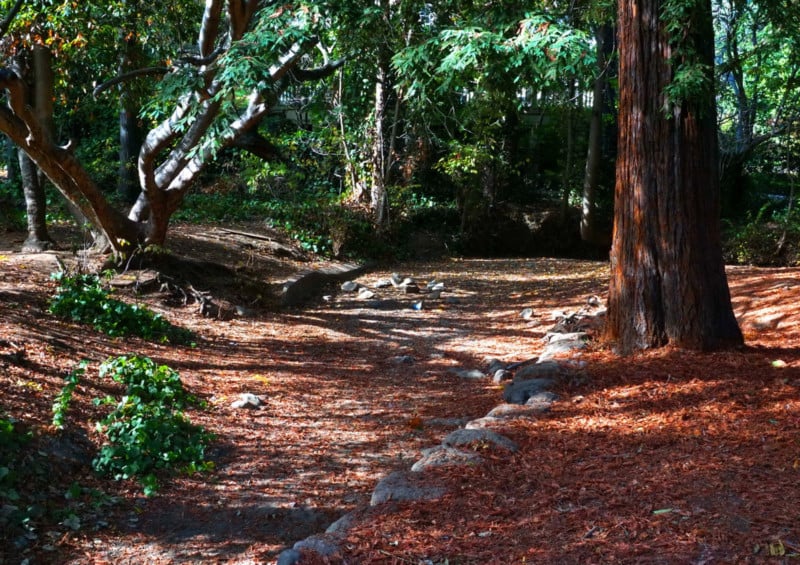
![]()
Sony E 18-55mm f/3.5-5.6 OSS (194 grams, $300): A relic from Sony’s early mirrorless days. I thought it might outperform the above 16-50mm. But the two lenses are about equally sharp.
![]()
Sony E 18-135mm f/3.5-5.6 OSS (326 grams, $548 or less): Another kit zoom which deserves more respect. I use it more than any other lens I own. It is also semi-macro and meets 95% of my closeup needs. If I had to choose only one APS-C lens, this would surely be the one.
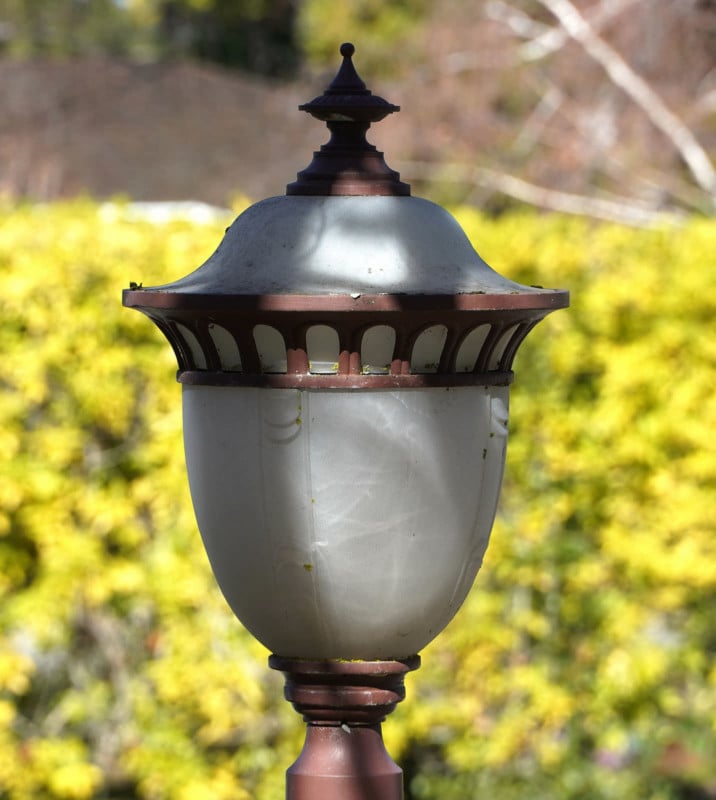
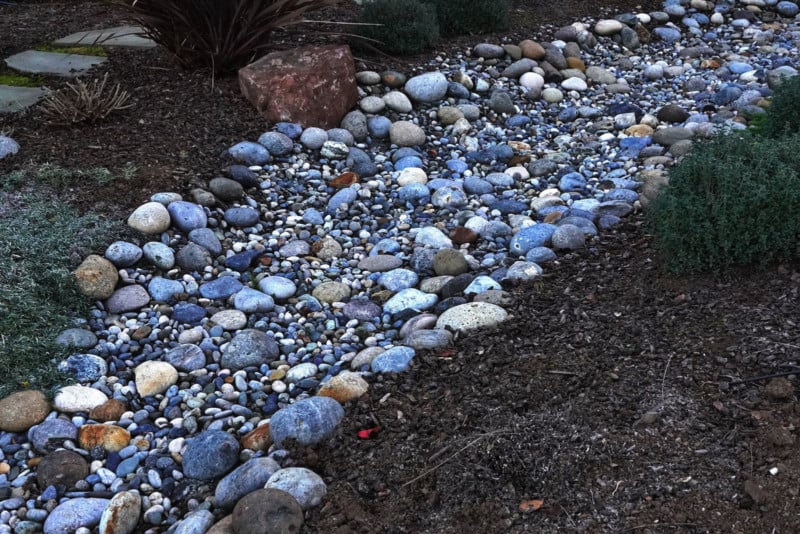
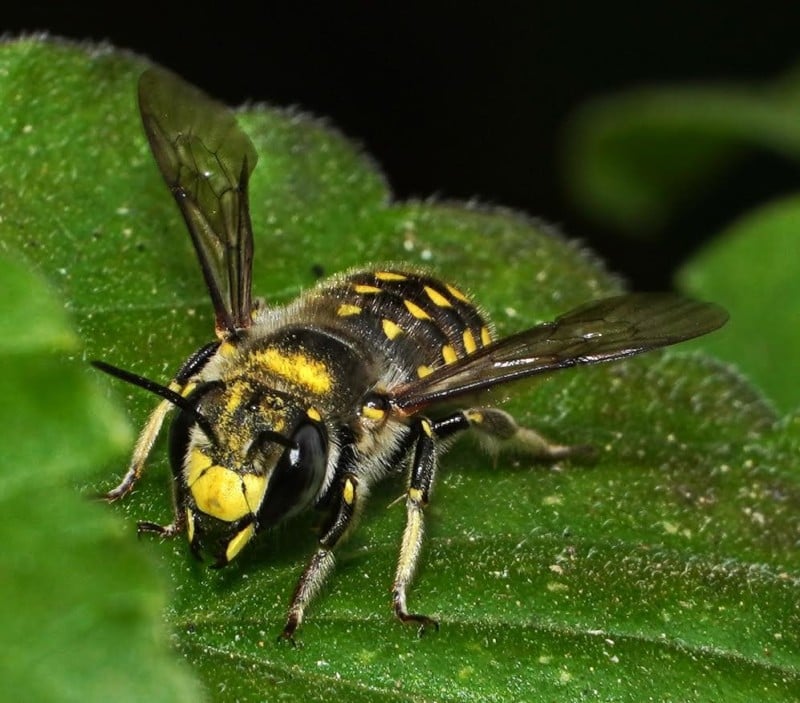
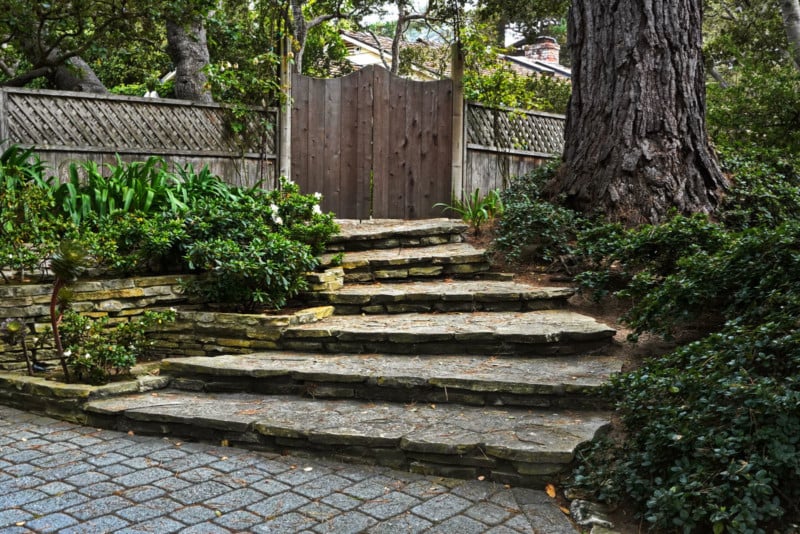

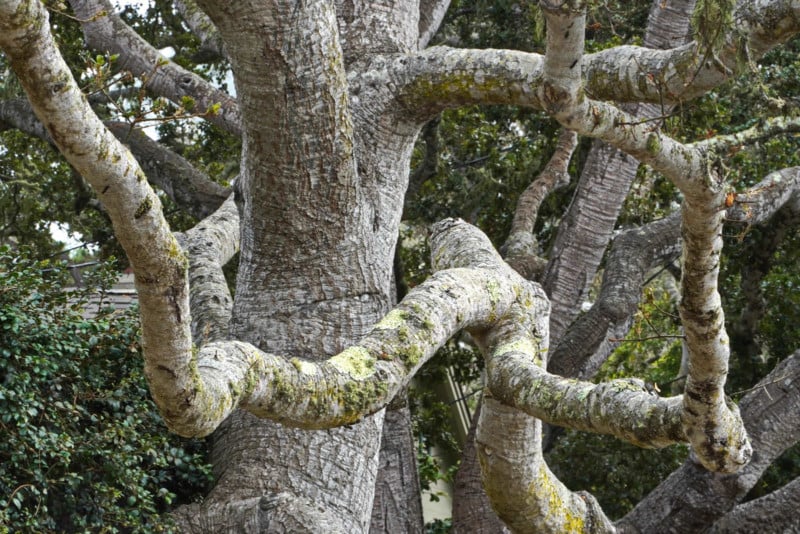
![]()
Sony E 55-210mm f/4.5-6.3 OSS (334 grams, $298): Yet another kit zoom. I like its light weight. When combined with 26mm extension tube it is my favorite for bee photography.

![]()
Sony E 70-350mm f/4.5-6.3 G OSS (625 grams, $925): My birding lens. Tack sharp and hand-holdable. I love it.
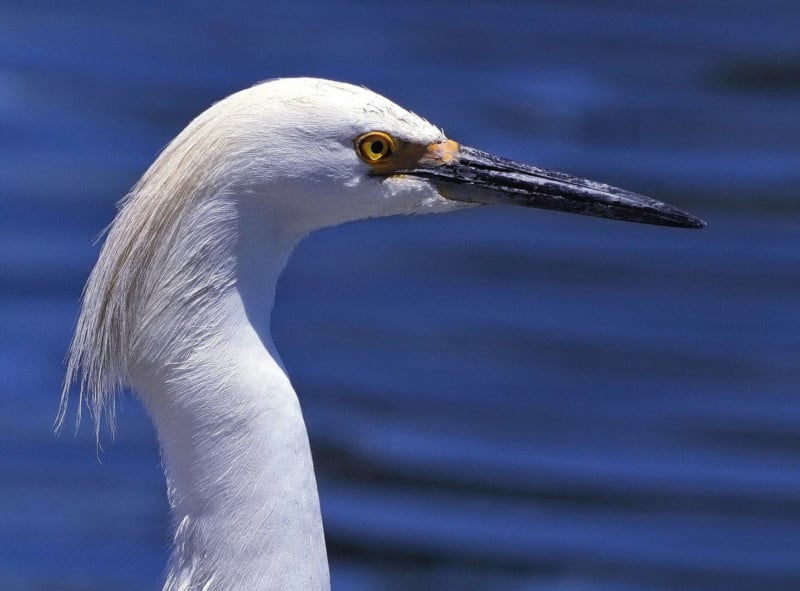
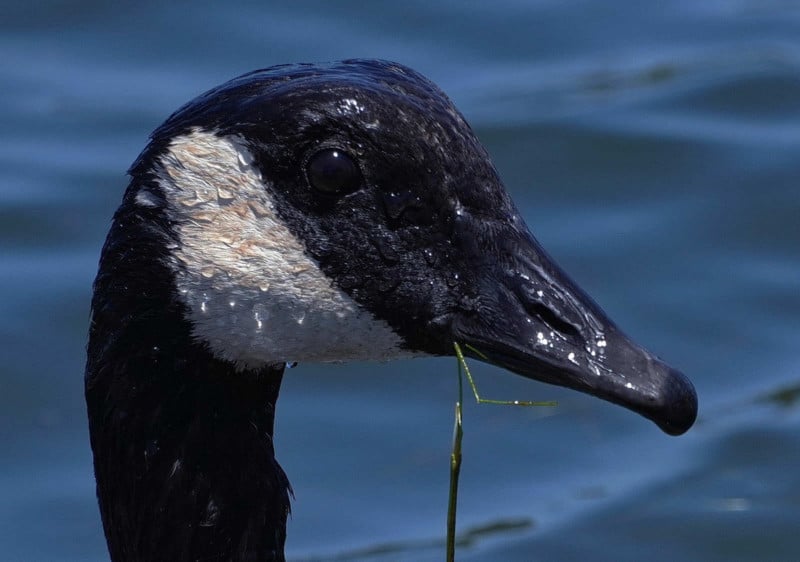
Macro Lenses
Macro lenses are capable of focusing closer than I usually like. Depth of field is proportional to the distance (from the subject) squared. When you double that distance your DOF increases 4x. That works so well that you won’t need focus stacking.
I sometimes forget this and move in too close, only to notice that my DOF is too shallow to sharply capture the entire subject, even at f/22. Then I wake up, back off a few inches, and focus becomes easier and sharper.
This leads to the realization that many conventional lenses can focus close enough for macro or close-up photography. It’s generally thought that manual focus is the preferred way to shoot macro. Agreed, but I prefer autofocus on moving subjects, like bees.
![]()
Sony FE 90mm f/2.8 Macro G OSS (602 grams, $1,048): This is widely reviewed as one of the sharpest lenses available at any distance. I chose it for its sharpness and because many writers stress the need for working distance from the subject. I’ll confirm the raves about sharpness, but I’ve found that its weight is an issue. Consequently, I mostly grab my 50mm f/2.8 macro when I want macro and have found that the 50mm’s working distance is entirely adequate. One nice feature of the 90mm though is that a quick pull of the focusing ring (back towards the camera) switches to manual focus and it feels just like real manual focus, unlike rubbery focus by wire. Would I buy it again? No, it’s too heavy and 50mm macro works for me.
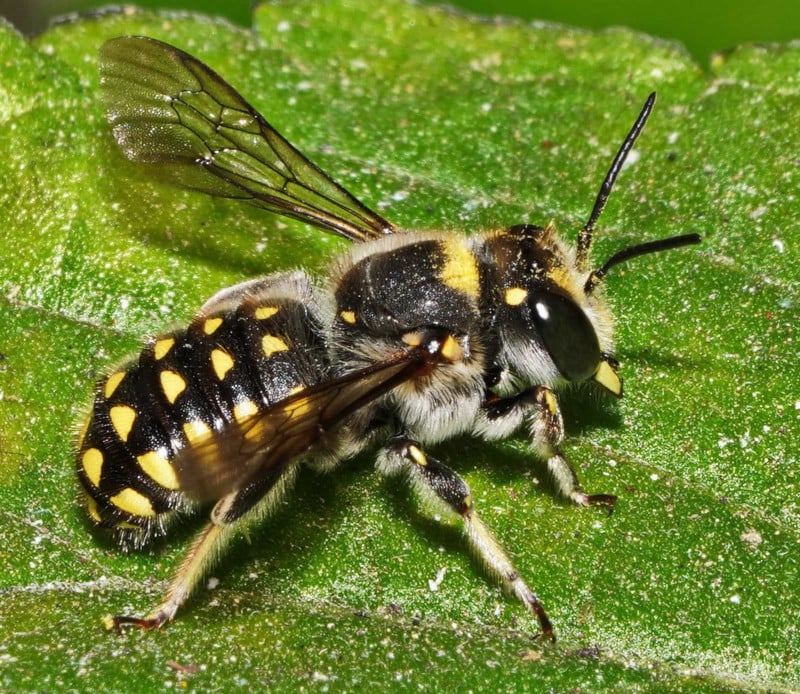
![]()
Zeiss Touit 50mm f/2.8 Macro (290 grams, $999): This is the one I grab because I like the light weight. Like all macros, it works well at any distance. Unlike some macros, autofocus is fast at any distance. It’s razor-sharp and one of my favorites. But the new Laowa below is challenging that.

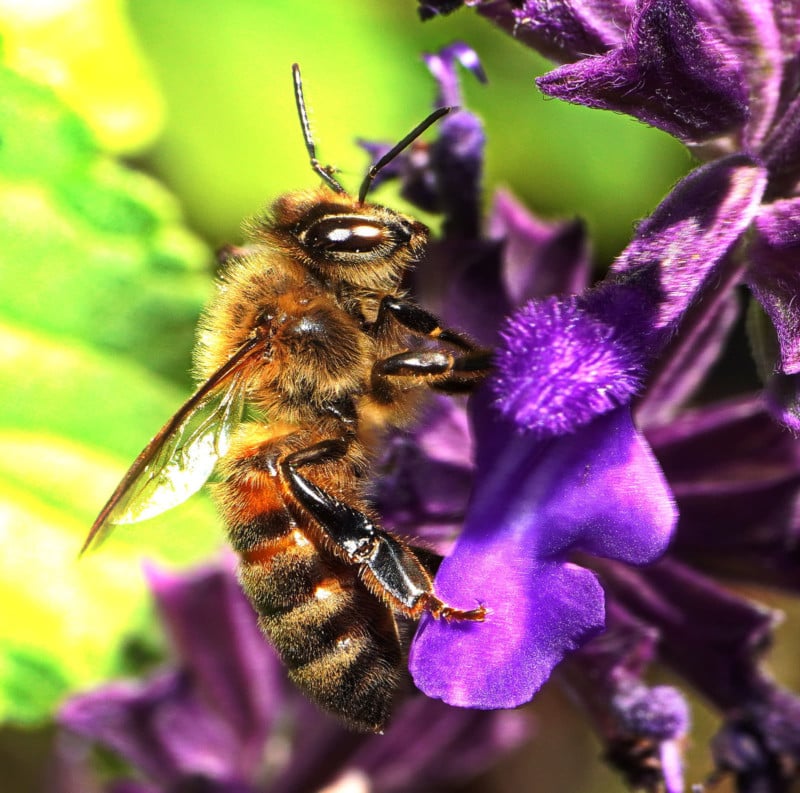
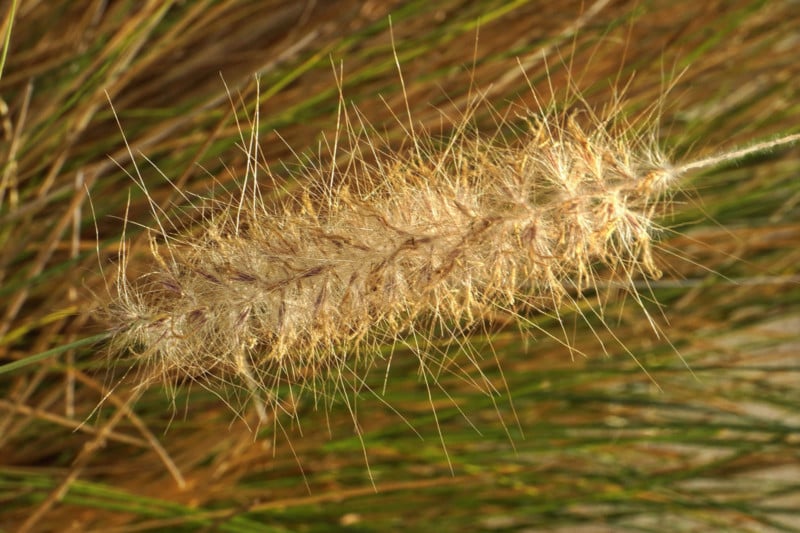
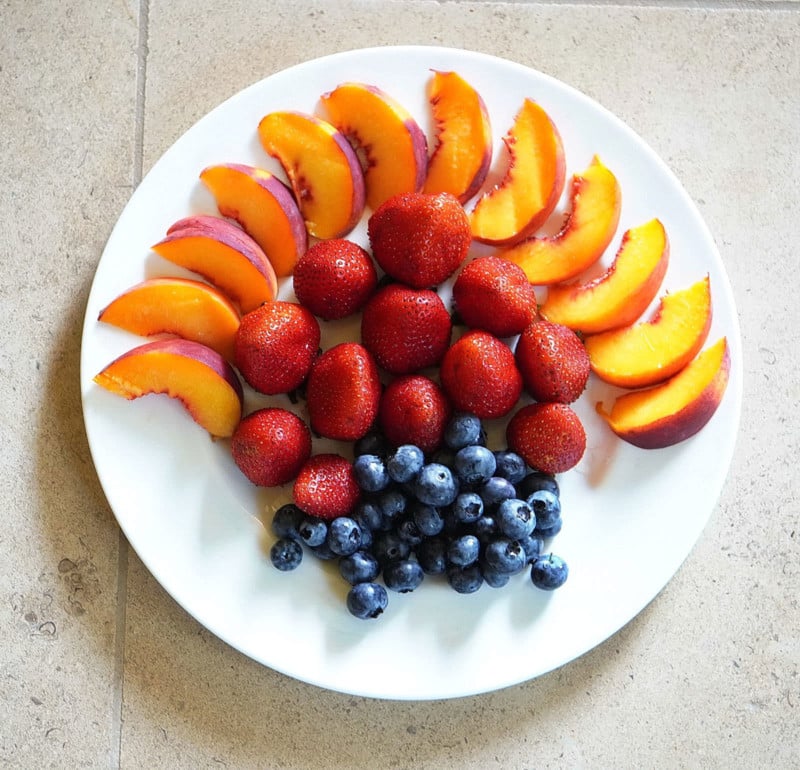
![]()
Laowa 65mm f/2.8 2X Macro (manual focus, 335 grams, $399): Quite amazing. In addition to 2X macro capability, it’s very sharp and any distance. Dustin Abbott hooked me with statements like, “stunning”, “the quality is as good as it gets”, “brilliant amount of resolution and contrast”, “It may be the best APS-C optic I’ve ever used”. How could I resist him?
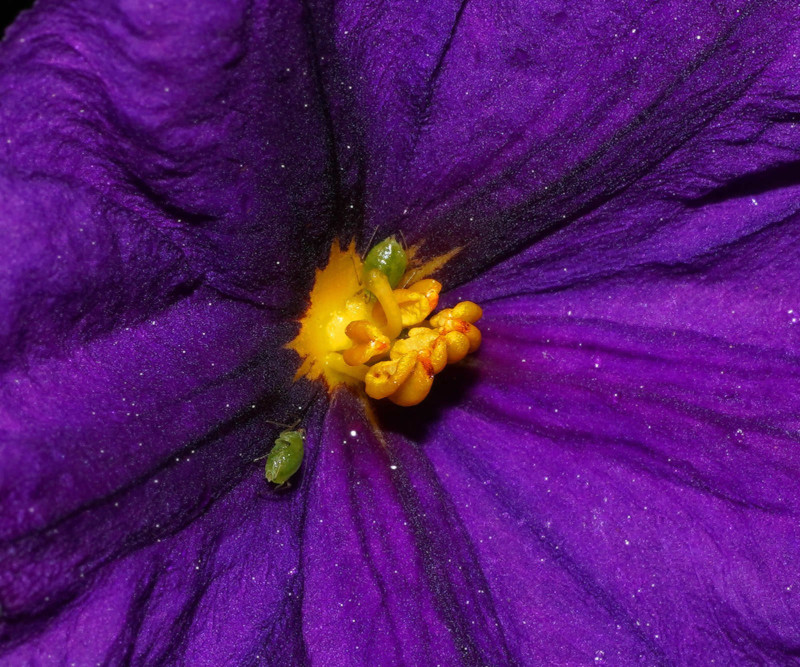
Prime Lenses – Autofocus
![]()
Sony E 20mm f/2.8 (APS-C, 69 grams, $348): I bought this as a pancake “walk around” lens. But I prefer the 16-50 zoom, which retracts just as short.
![]()
Tamron 24mm f/2.8 DI III OSD (full frame, 216 grams, $199): A great bargain, tack sharp and semi-macro. But it’s fat and very slow for auto and manual focus. I prefer the Sigma 24mm below because it’s smaller and has faster focus.
![]()
Sigma 24mm f/3.5 DG DN Contemporary (full frame, 225 grams, $549): Reviewed here. As stated above, preferred for smaller size and faster focus.

![]()
Sony Sonnar T* FE 35mm F2.8 ZA (full frame, 120 grams, $798): A premium 35mm lens. One of only a few lenses that I’ve tested that is sharp over the entire frame wide open. Good manual focus experience too. And feather weight.
![]()
Sony E 35mm f/1.8 OSS (154 grams, $473): I was pleased with the Zeiss above, but wanted to try OSS (Optical Steady Shot) with 35mm even though shake is less of a problem with short lenses.
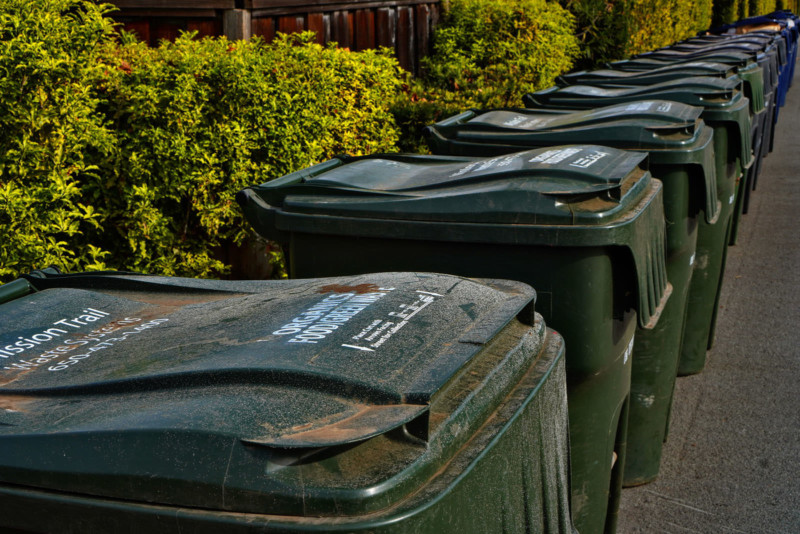
![]()
Samyang 45mm f/1.8 AF (162 grams, $299): I had no need for this, but was curious about Samyang and liked its light weight and low price. It has outstanding contrast.
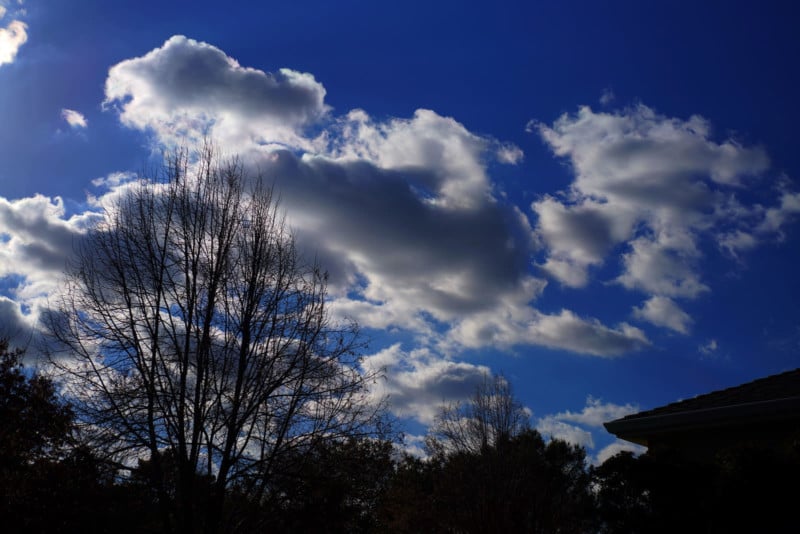

![]()
Sigma 45mm f/2.8 DG DN Contemporary (full frame, 213 grams, $549): I didn’t need the above 45mm and here I go with another! But I was curious about Sigma’s new Contemporary series. Wow! This turned out to have the highest Imatest results of any of my lenses, 5,287 lines at f/4.0 according to opticallimits.com. It also appears to deliver my fastest autofocusing speed. It focuses closer than most normal lenses, with a minimum subject width of 5″. The manual focus experience is very good, despite being a focus by wire autofocus lens. It has become one of my favorites.
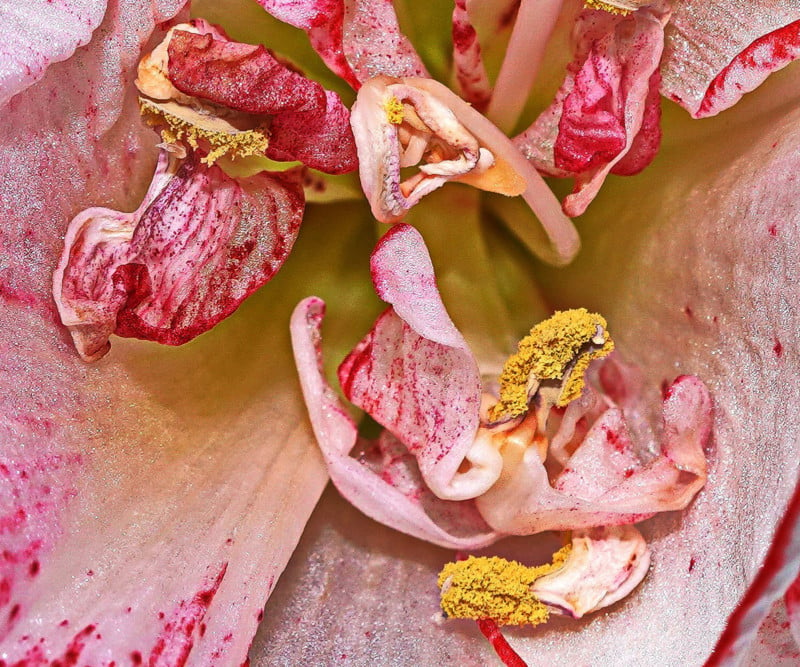
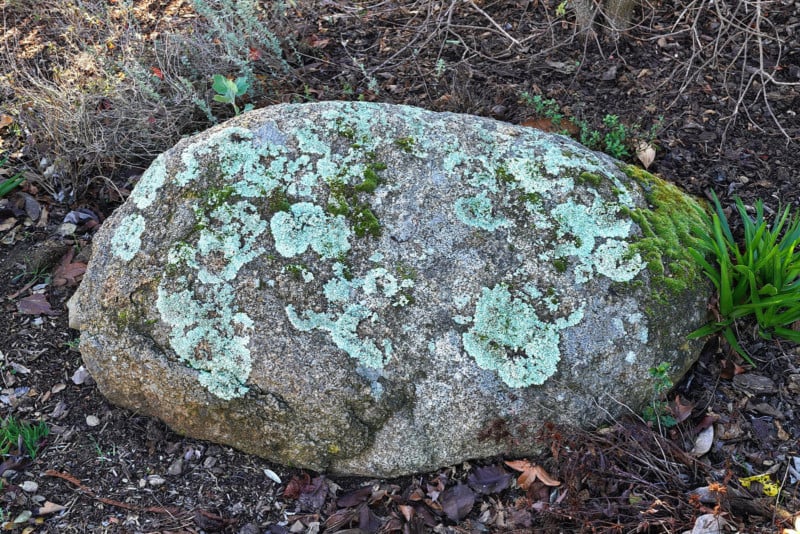
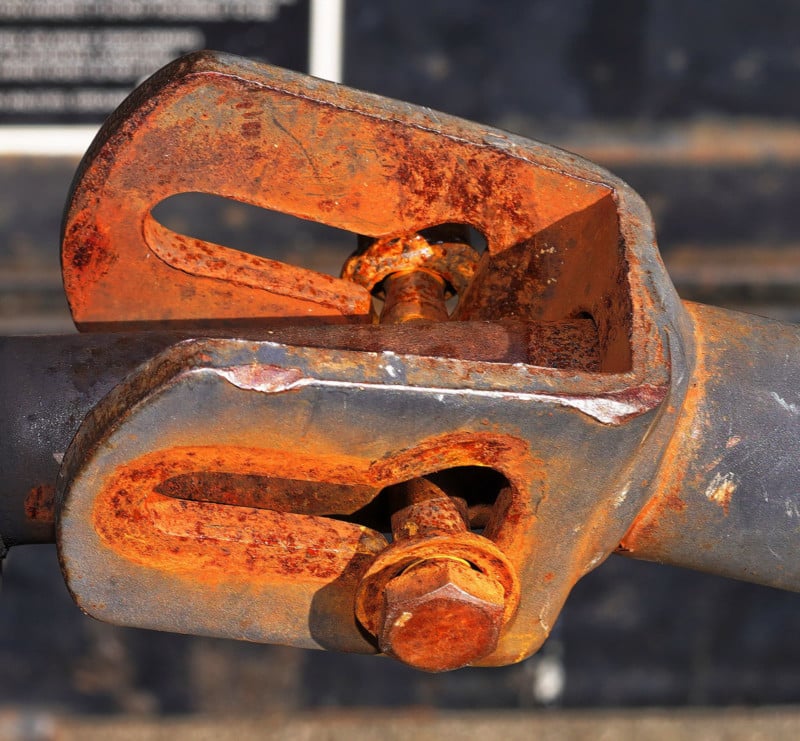
![]()
Sony E 50mm F/1.8 OSS (APS-C, 202 grams, $348): My first prime. I was satisfied with my few zoom lenses but wanted to try a prime. I consulted an expert friend who recommended the Sony 50/1.4, but I don’t like heavy lenses and saw no need for the tiny speed difference between f/1.4 and f/1.8, so I went for this lightweight cheapie instead. It has no faults but has seen little use because my zooms work so well.
![]()
Samyang 75mm f/1.8 (230 grams, $329): I found the light weight and low price very attractive. This is an excellent lens and is definitely recommended.
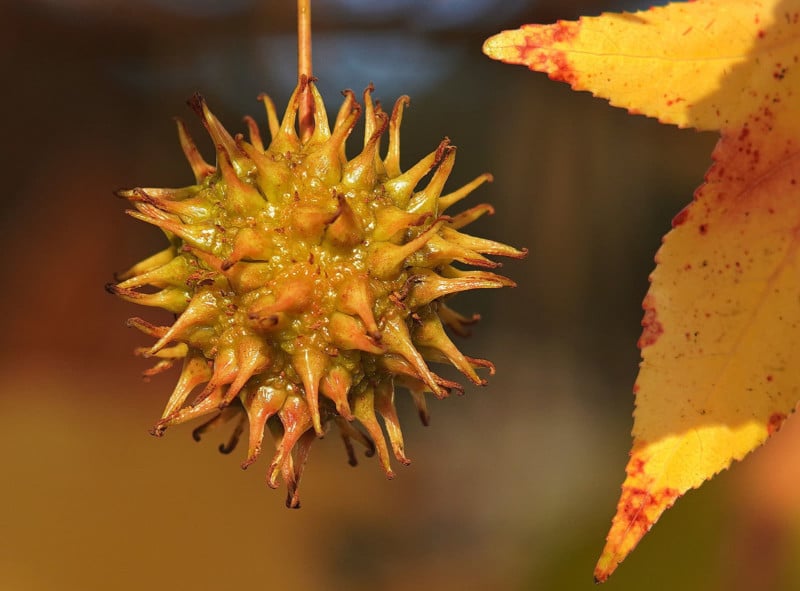
Manual Focus Prime Lenses
![]()
TTArtisan 50mm f/1.2 (APS-C, 336 grams, $98): This one started me on Chinese manual focus bargains. It tested sharper than my sixty-year-old 50mm f/1.4 Nikkor.
![]()
7Artisans Photoelectric 25mm f/1.8 (APS-C, 138 grams, $79) and 7 Artisans 35mm f/1.2 APS-C (157 grams, $119): These bargains and the TT above are well made, compact, and sharp.
![]()
Rokinon 21mm f/1.4 (APS-C, 303 grams, $299): After I’d bought a few Chinese bargains below, I wondered how a higher-grade manual focus lens would work. It’s very sharp, but so are the cheapies above.
![]()
Zeiss Loxia 35mm f/2 Biogon T* (full frame, 340 grams, $1,299 or less): After enjoying the inexpensive manual focus lenses above, I wanted to try a top-tier manual. A nice feature of top-tier manual lenses, from Zeiss and Voigtlander, is electrical contacts that transmit EXIF information. None of the other manual lenses in this article have that.
Phillip Reeve, who has tested more manual lenses than anyone, gave this lens a middling review. But he also wrote that it’s superb when stopped down. Stopped down suits my shooting style perfectly.
Despite Zeiss’s legendary performance and the beautiful build quality of this lens, I can’t see any advantage (other than EXIF contacts) over the cheap 7 Artisans 35mm, which offers the convenience of half the weight and bulk.

About Sharpness
I’ve often suspected that I would not be able to perceive a difference between lenses that test quite differently. Indeed I could not perceive a difference in the test below.
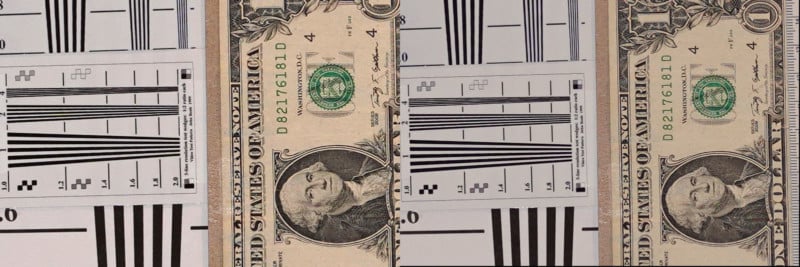
These are crops from the center of the frame. The Sony 50mm was shot from 90 inches distance and the Sigma 45mm shot from 81 inches to make the images about equal size. The Imatest results above were published by opticallimits.com for these lenses at f/5.6. Of course, lens examples vary, so this is an unscientific comparison.
Recommendations
What if I were on a budget? I’d buy the following: a6400 + 16-50mm (for its compact size) + 18-135mm (for its wide range). And if I shot birds, I’d add the 70-350mm. No primes, because zoom lenses are so good. No macro, because the 18-135mm can shoot close enough.
Correction: This article originally stated that the a6500 doesn’t have a pop-up flash. It does, and the article has been corrected.
About the author: Alan Adler lives in Los Altos, California. The opinions expressed in this article are solely those of the author. He has been an avid photographer for 60 years. He is also a well-known inventor with about 40 patents. His best-known inventions are the Aerobie flying ring and the AeroPress coffee maker.